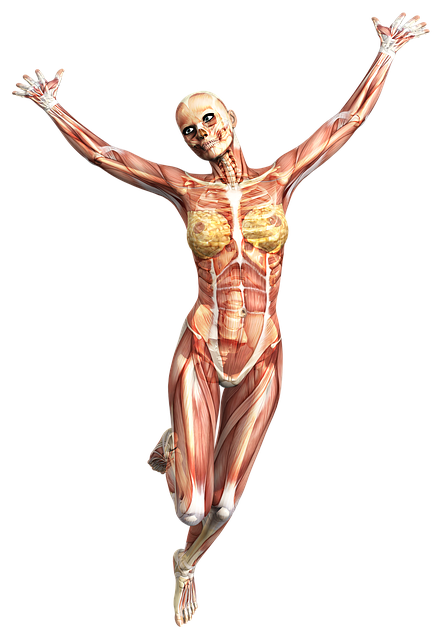Industrial steel structure drafting is a vital phase in building plants and warehouses, involving detailed technical drawings with precise material specifications. Skilled draftspersons use CAD software to create accurate designs, ensuring structural integrity and optimizing material management. This process selects robust industrial steel for superior strength and durability, adhering to local regulations. Advanced drafting techniques optimize space, enhance cost-effectiveness, and enable safe construction of versatile industrial frameworks despite weather delays.
In today’s industrial landscape, efficient plant and warehouse structures are paramount. This article delves into the intricacies of industrial steel structure drafting, exploring how it shapes these vital facilities. We dissect key considerations for design, from structural integrity to functional layout. Understanding the technical aspects of steel detailing is crucial for successful implementation. Learn about the benefits and challenges, empowering you with insights to navigate this game-changer in construction.
Understanding Industrial Steel Structure Drafting
Industrial steel structure drafting is a critical phase in the construction process for plant and warehouse structures. It involves creating detailed technical drawings that outline the design, dimensions, and specifications of each component within the steel framework. These drawings serve as a blueprint for fabrication and assembly, ensuring precision and consistency throughout the building’s lifecycle.
Skilled draftspersons utilize specialized software to produce these drawings, incorporating critical elements like structural members, connections, and fastenings. This meticulous process not only guarantees structural integrity but also facilitates efficient material management and cost-effectiveness. Effective industrial steel structure drafting is pivotal in translating architectural designs into tangible, robust frameworks capable of supporting the demanding environments of industrial facilities.
Key Considerations for Plant and Warehouse Design
When designing plant and warehouse structures, several key considerations come into play. One of the most crucial aspects is selecting the appropriate material, with industrial steel detailing topping the list due to its superior strength-to-weight ratio and durability. This choice directly influences structural integrity and long-term sustainability.
In the realm of industrial steel structure drafting, professionals must factor in space optimization, ensuring efficient layout planning to accommodate specific operational needs. Proper circulation, loading zones, and clear height clearance are essential elements that impact overall warehouse functionality. Additionally, considering local building codes and regulations is vital to ensure compliance and a safe working environment.
Technical Aspects of Steel Detailing
The technical aspects of steel detailing for industrial plant and warehouse structures are intricate and demand precision. It involves meticulous planning, engineering expertise, and adherence to strict standards during the drafting process. Industrial steel structure drafting is an art that requires a deep understanding of structural design principles, material properties, and load calculations.
Skilled draftspersons employ advanced CAD software to create detailed drawings, ensuring every component, from beams and columns to connections and fastenings, is accurately dimensioned and specified. This meticulous process guarantees the integrity and durability of the final steel structure, meeting safety regulations while optimizing material usage, which is crucial for cost-effective construction in these large-scale projects.
Benefits and Challenges in Implementation
Implementing industrial steel detailing for plant and warehouse structures offers a multitude of benefits, especially in terms of durability, cost-effectiveness, and versatility. Steel is renowned for its strength, making it ideal for bearing heavy loads and withstanding harsh environmental conditions. This material’s resistance to corrosion ensures that structures remain intact over extended periods, reducing maintenance needs and costs. Moreover, steel detailing allows for complex designs, catering to the unique layout requirements of industrial spaces.
However, challenges exist in the implementation process. Industrial steel structure drafting demands precision and expertise to ensure structural integrity. Weather conditions can impact construction timelines, with delays potentially leading to cost overruns. Additionally, adhering to safety standards during fabrication and installation is paramount, requiring meticulous planning and compliance with regulations. Despite these hurdles, the advantages of industrial steel detailing make it a preferred choice for many plant and warehouse designers and developers.
Industrial steel structure drafting is a meticulous process that forms the backbone of robust plant and warehouse structures. By understanding the technical aspects, key design considerations, and benefits, professionals can create efficient, durable solutions tailored to these demanding environments. While challenges exist, effective implementation leverages the strength and versatility of steel to revolutionize industrial architecture, ensuring operations run smoothly for years to come.
